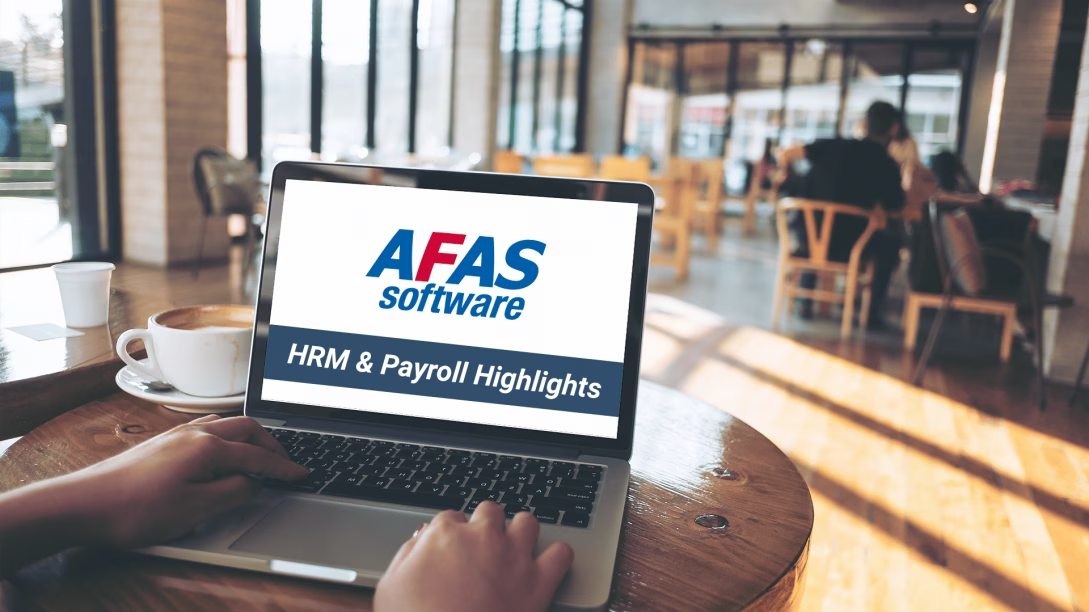The Corporate Sustainability Reporting Directive (CSRD) is a European directive. The main obligation under this directive is for organisations to report on the environmental and social impact of their business activities. It also requires companies to have this information audited by auditors.
This article tells you what to report in accordance with the CSRD, to whom it applies and how to go about reporting.
Reporting in accordance with the CSRD
In practice, the basic premise is that companies will include a separate report in their annual report with the theme of Corporate Social Responsibility (CSR).
In it, they explain their vision and strategy and share what impact it has on the environment and people. They also specify double materiality in the short and long term, or in other words, the risks of climate on a company and vice versa: the impact that business activities have on climate.
Lastly, the CSR report should specify the ESG (Environment, Social and Governance) criteria within the company. ESG refers to the elements that measure the sustainability and ethical impact of an investment in a company or economic field.
The CSRD applies to the following companies
The CSRD does not apply to every company. Only large companies governed by EU law, listed on a stock exchange or based in an EU member state are subject to it, as are global companies with operations in Europe. Companies must also meet at least two of the following three requirements:
- € 40 million net revenue;
- € 20 million balance sheet total; and/or
- 250 employees or more.
Listed SMEs may incidentally have simpler reporting standards than large listed companies. Unlisted SMEs choose whether or not to use the CSRD’s reporting standards.
Why was the CSRD introduced?
ESG is an increasingly high priority at the international level. In the so-called Green Deal, the European Union aspires to be climate neutral by 2050 on the one hand and to promote future-proof economic growth on the other. Such growth is meant to generate stability, employment and sustainable investments.
Until recently, there was no uniform regulation in terms of doing sustainability reporting. This makes it challenging for investors and other stakeholders to test whether and to what extent companies are actively engaged in sustainability. The CSRD should put an end to this.
In addition, the European Commission aims for the CSRD to align more closely with the broader legislative framework on sustainable finance, namely the European Regulation on Sustainability Disclosures in the Financial Services Sector (SFDR) and the Taxonomy Regulation.
This is when the CSRD takes effect
The European Commission adopted the CSRD in April of 2021. As of 1 January 2024, companies will be required to comply with this new directive. Specifically, this means that the measurement and reporting requirements set out in the directive must be reflected in the 2024 financial year annual reports of large companies. As annual accounts (plus annual report) must be published within five months of the end of a financial year, the entry into force of the Corporate Sustainability Reporting Directive will therefore be visible for the first time in 2025.
Listed small and medium-sized legal entities, small and non-complex credit institutions and insurance companies will not have to report on financial year 2026 until 2027.
Differences between CSRD and NFRD
The CSRD replaces the current non-financial reporting guideline (NFRD). The NFRD explains the rules for disclosure of non-financial and diversity information for certain large companies. This includes sustainability reporting.
The CSRD applies to a much larger number of companies (50,000+ compared to about 12,000 now) across all sectors. The CSRD relies on sustainability reporting based on binding reporting standards drawn up by the European Financial Reporting Advisory Group (EFRAG).
Those binding standards are not yet in place with the NFRD. The audit requirement, the link to the SFDR and the Taxonomy Regulation, and the fact that sustainability information must be reported digitally, in XHTML format, are also new.
Sustainability reporting in accordance with CSRD guideline
In order to do sustainability reporting in accordance with the new guideline, you need to follow a number of steps.
The 4 steps for sustainability reporting:
AFAS tip
Wondering how to get your HRM system ready for the new reporting requirements?
AFAS gives you a head start with Profit 22: with a CSR dashboard and how you can use Profit to improve sustainability.
So you can already start preparing reports. Our experts are always keeping an eye on the latest software developments. Sign up with our community for free to stay up to date on the possibilities around CO2 reporting, CSR dashboards and more!




